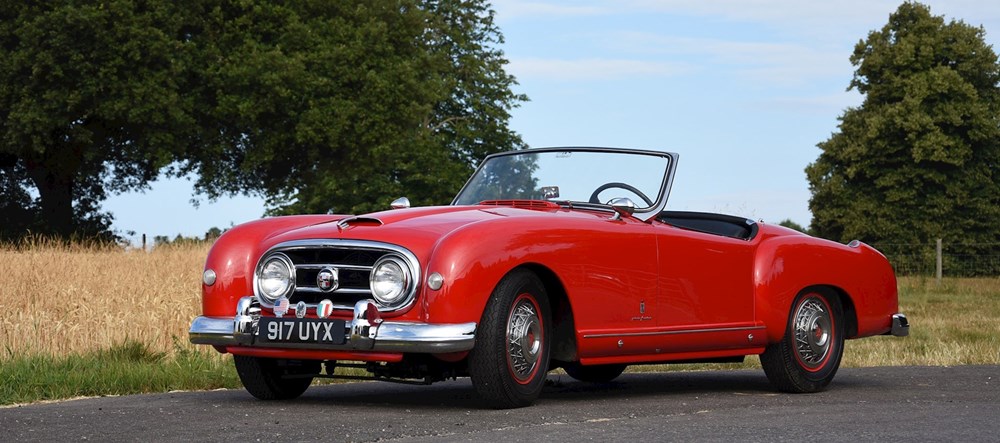
WHAT IS A HISTORIC CAR?
Classic race cars are often spoken about in hushed tones of reverence by motor enthusiasts - but what exactly do we mean when we describe a car as historic, vintage or classic?
There are a number of different ways to define a historic car and this can make matters more than a little confusing.
This guide will explain exactly what’s meant by a classic or historic car, both in law and by motoring fans.

CLASSIC CARS: A CHALLENGING SUBJECT
It would be so much easier if there was just one single definition of historic cars, but that’s not the case. Some of the factors that people consider include:
- Age
- Value
- Scarcity
- Nostalgia
- Wow factor
Sometimes a new model is released and it’s exclaimed over by experts, and declared to be “an instant classic”. However, this is no more than a flippant turn of phrase as a true classic car has to fulfil the above factors, to varying degrees.
Although some may place more value on one aspect than another, there seems to be a general consensus of opinion that the above matters. Historic cars appreciate rather than steadily dropping in value, as a regular car would, and you won’t see them on every street corner. They also have a certain flair, even if it’s not to your personal style.
But how vintage do they need to be? The law has something to say on that matter.

HOW DOES THE LAW DEFINE A HISTORIC CAR?
The government provides an exemption for an MOT and tax if you are driving a historic car. This can help to determine whether your car is technically categorised as historic.
You can find the full guidelines here, but in general, you don’t need to get an MOT if your car was first registered (or built) more than 40 years ago. This exemption only applies if you have not made substantial changes to the car or how it runs, such as replacing the body, chassis or engine. You can read about how the government classifies substantial changes here.
The rules around car tax are a bit clearer. If your vehicle was built before January 1980, you won’t need to pay car tax.
Even if your car falls into the historic category, you must still make sure you keep it in a roadworthy condition. If you take a vehicle on the road which is deemed to be dangerous, you could end up with 3 points on your licence and a fine of up to £2500.

CLASSIC CARS DON'T NEED TO LOOK ANCIENT
A final curveball to throw, just to really underline the difficulty of defining a classic car. Although historic cars have often been in production for many years, there’s no requirement for them to show their age.
You may imagine the typical classic race car as one that appears distinctly vintage, but that doesn’t have to be the case. The Delorean DMC-12 has an undeniable position as a classic car, thanks in part to its role in the Back to the Future films, guaranteeing its iconic status.
However, as fans of the film will be aware, the Dolorean looks like it has come from the future, not the past. It has a firm status as a classic, yet managed to somehow look like a car from another dimension.
This just proves the point that it’s not solely about the age of the car, or conforming to a certain look. There are many factors which influence a car’s status, and although HMRC may have a legal definition of a historic vehicle, in reality it’s about so much more than just that.
If you want to find out more about classic race cars and historic car ownership, please contact us. Our team is hugely experienced in all areas of classic car ownership; from restoration to upgrades. Get in touch with us today to learn more, and start your classic race car journey.
